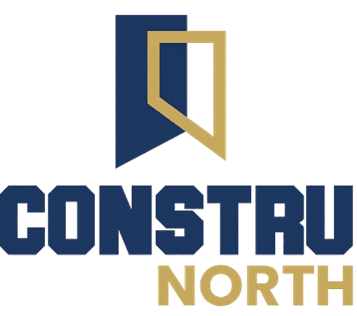How Sustainable Building Practices Are Changing the Industry
The Rise of Sustainable Building Practices
The construction industry is undergoing a significant transformation, driven by the increasing emphasis on sustainability. As the world grapples with climate change and resource depletion, sustainable building practices are not just a trend but a necessity. These practices aim to reduce the environmental impact of construction while promoting efficiency and health for occupants.
Sustainable building practices encompass a wide range of strategies and technologies designed to minimize the carbon footprint of construction activities. From the use of eco-friendly materials to energy-efficient designs, these practices are reshaping the way buildings are designed, constructed, and maintained.

Eco-Friendly Materials
One of the most significant shifts in the construction industry is the adoption of eco-friendly materials. Traditional building materials like concrete and steel have a substantial environmental impact due to their high energy consumption and carbon emissions. In contrast, sustainable materials such as bamboo, recycled steel, and reclaimed wood offer a greener alternative.
Bamboo, for instance, is a rapidly renewable resource that grows much faster than traditional timber. Recycled steel reduces the need for new steel production, which is energy-intensive. Similarly, reclaimed wood not only prevents deforestation but also adds a unique aesthetic to buildings.
Energy Efficiency
Energy efficiency is another cornerstone of sustainable building practices. Modern buildings are designed to consume less energy through various means, including improved insulation, energy-efficient windows, and advanced HVAC systems. These features help reduce energy consumption, lower utility bills, and minimize greenhouse gas emissions.

In addition to passive energy-saving measures, many buildings now incorporate renewable energy sources such as solar panels and wind turbines. These technologies enable buildings to generate their own power, further reducing reliance on fossil fuels and contributing to a more sustainable energy grid.
Water Conservation
Water conservation is a critical aspect of sustainable building practices. Buildings equipped with low-flow fixtures, rainwater harvesting systems, and greywater recycling can significantly reduce water usage. These systems not only conserve water but also reduce the strain on municipal water supplies and lower water bills for occupants.
Rainwater harvesting systems collect and store rainwater for various uses, such as irrigation and flushing toilets. Greywater recycling involves treating and reusing wastewater from sinks, showers, and washing machines for non-potable purposes. These measures contribute to a more sustainable water management system.

Health and Well-Being
Sustainable building practices also prioritize the health and well-being of occupants. Buildings designed with good indoor air quality, natural lighting, and non-toxic materials create a healthier living and working environment. These features can improve the physical and mental well-being of occupants, leading to increased productivity and overall satisfaction.
Natural lighting, for example, has been shown to boost mood and reduce stress. Non-toxic materials reduce the risk of exposure to harmful chemicals, promoting better health outcomes. Additionally, incorporating green spaces and biophilic design elements can enhance the connection to nature, further benefiting occupants' well-being.
The Future of Sustainable Building
The future of the construction industry is undoubtedly green. As technology advances and awareness of sustainability grows, we can expect to see even more innovative solutions for sustainable building practices. From smart buildings that optimize energy usage to materials that are entirely biodegradable, the possibilities are endless.
Governments and organizations worldwide are also playing a crucial role by implementing regulations and incentives to promote sustainable building practices. These efforts are driving the industry towards a more sustainable future, ensuring that buildings not only meet the needs of today but also preserve resources for future generations.

In conclusion, sustainable building practices are revolutionizing the construction industry. By embracing eco-friendly materials, energy efficiency, water conservation, and occupant well-being, we can create buildings that are not only functional and beautiful but also kind to the planet. As we continue to innovate and improve these practices, the construction industry will play a vital role in shaping a sustainable future.
